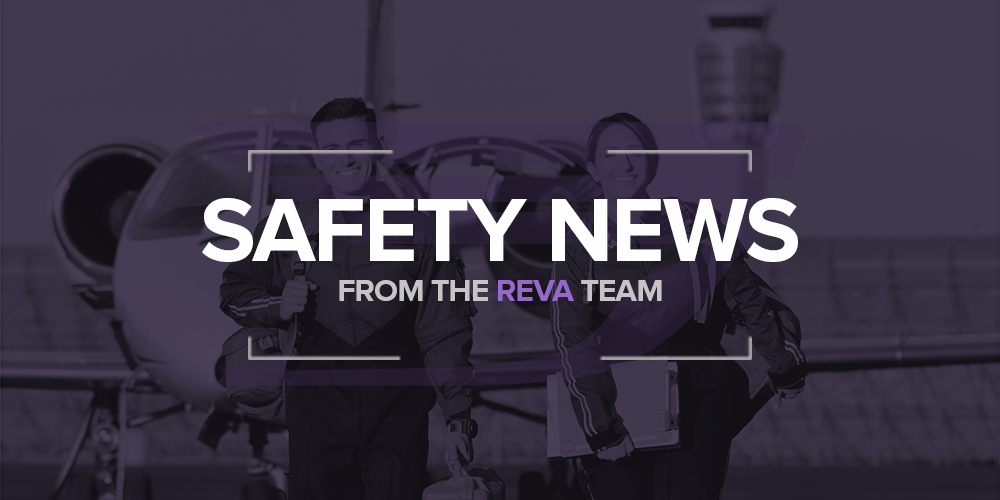Safety is a state of relative risk of harm and not an absolute. This risk must be reduced and maintained at the ‘acceptable level’.
Official PDF: REVA Air Ambulance – Safety News – September 2016
What does safety mean to REVA?
For all of us here at REVA, our first priority is the safety and security of our employees and customers. We strive to be the leader in safety and recognize that running a safe operation is the key to our success. We are committed to a culture that has safety, security and quality as fundamental priorities. To achieve these priorities, we rely on our SMS (Safety Management System) and the sound judgement and experience of our people.
Q&A with our safety department
Q: How safe is REVA?
A: We have been fortunate not to have had any accidents. Our safety is continuously monitored and measured against 19 Safety Performance Indicators (SPI).
Q: What are Safety Performance Indicators?
A: These are tactical goals for measuring the effectiveness of the safety management system. They increase safety awareness and communicate short-term safety objectives. Long-term objectives are called Safety Performance Targets (SPT) and are aligned with REVA’s corporate goals.
“As the accountable executive, I am committed to the financial and personnel requirements of the sms.” – Stuart Hayman, CEO
In Focus
Safety is the responsibility of each employee at REVA, and with the mindset of ‘Safety First’, it is a way of looking at the flight and maintenance operation to ensure all hazards and risk are understood with appropriate actions being taken to prevent future incidents and accidents. Achieving a positive safety culture has been the focus of REVA’s safety committee, a specialized group of leaders selected by the accountable executive. More in our next issue.
What is safety?
Safety is a state of relative risk of harm and not an absolute. This risk must be reduced and maintained at the ‘acceptable level’. To accomplish this, we need hazard identification and risk management tools. However, safety is much more. It is more than being free from risk or danger, more than a proactive safety program. Safety is ‘an attitude’, because what we digest inwardly we exhibit instinctively outward.

